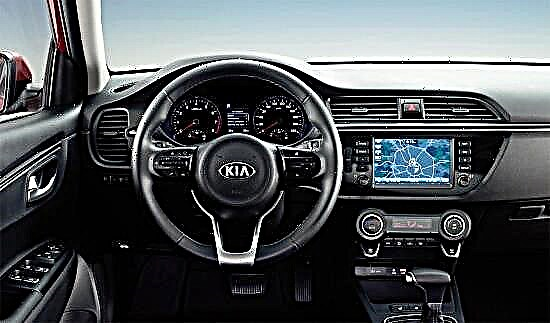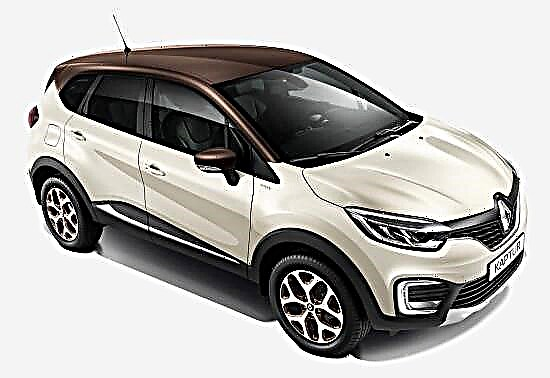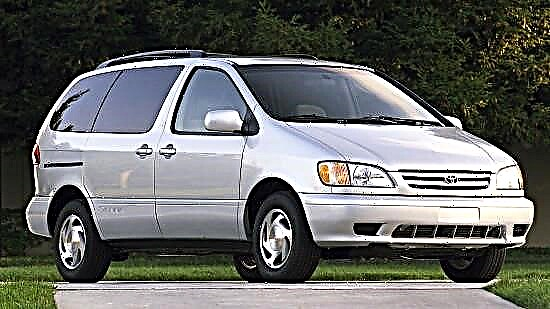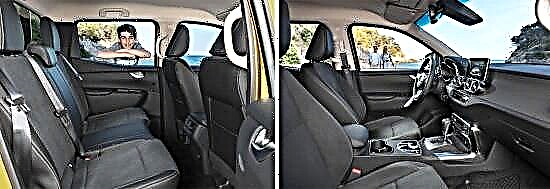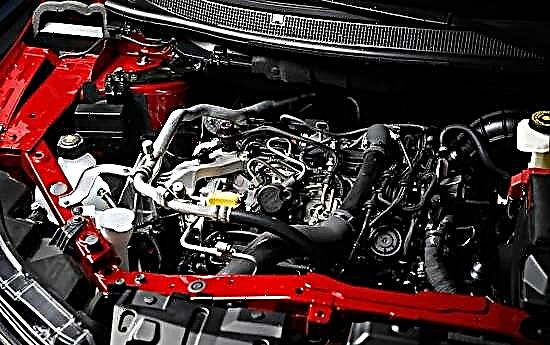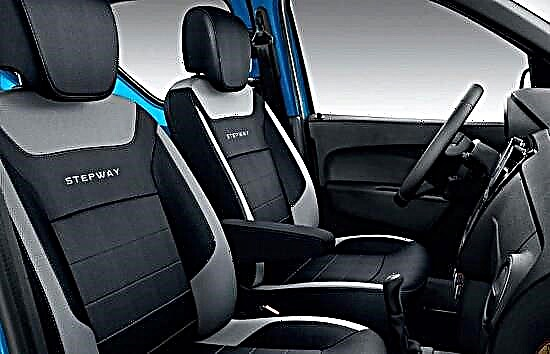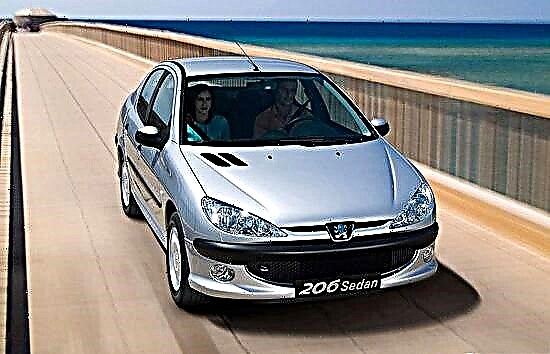The French automobile concern Peugeot has many worthy samples among its models and the Peugeot 206 is certainly a worthy continuation of its two-hundredth series. The Peugeot 206 sedan is a version designed for Eastern Europe and the Mediterranean.
The Peugeot 206 is rich in history. It was first presented to the general public in 1998. Good technical characteristics and original design allowed it to become a bestseller in the European market. But the Napoleonic ambitions of the company's marketers were not enough reliable positions on their territory. They, in all likelihood, were haunted by the glory in the world of the car of their compatriot Renault Symbol, whose design and equipment were developed specifically for the CIS market, and the assembly is carried out in Turkey. Thanks to the last two aspects, Renault Symbol has an attractive "budget" price for potential fans of the brand in Eastern Europe and Asia. Peugeot managers went the same way. The world premiere of the Peugeot 206 sedan took place in 2005 at an unimportant motor show - Frankfurt.

The car is assembled in Iran, near Tehran, at the Iran Khodro plant, which is Peugeot's industrial partner. From this fact, the main differences between the Peugeot 206 sedan and its European "brothers" grow.
Of course, the Iranian land is rich in a thousand-year history, its masters have been developing for centuries, the culture of production, for example, of Persian carpets, as a result of which carpet masterpieces produced in Iran today have no equal in the whole world. But historically, the culture of automobile production is richer in France. As a result, the quality of similar cars is predictably higher for those produced by the French. Globalization leads to the export of not only brands, but also their production. You can take out the name, but it is impossible to take out the quality based on the history, traditions and culture of production. The manufacturers themselves admit this, because the PSA management decided not to let Iranian Peugeots enter the Western European market. The Peugeot 206 sedan has only one indisputable advantage - in its class it is slightly cheaper than its competitors.
Exterior design of Peugeot cars is their serious trump card. The Peugeot 206 sedan, in addition to its beauty and solidity, has acquired practicality in the form of a trunk. By the way, the design of this very trunk is a widely popular topic in narrow circles of connoisseurs of beauty in cars, and their opinions about the trunk differ significantly. One way or another, for most potential buyers, this is the most beautiful car in the class of budget sedans.

The interior design of the Peugeot 206 sedan is simple, but at the same time with a certain "zest", that is, in general, the proportions between practicality and creativity are perfectly maintained, when the latter does not interfere with the former. The instruments are well readable, the driver's seat and steering wheel have rich adjustment (but still, for tall drivers, there is not enough steering wheel adjustment for reach). For convenience, the salon contains many spacious drawers and shelves. Soundproofing pleases, the sound of the engine is heard only at high speeds.
Among the shortcomings, it is worth noting the insufficiently comfortable placement of rear passengers, a small area of the side mirrors with diopter zones in addition to the wide rear pillars, which leave decent blind spots and make parking difficult.
In terms of driving and technical characteristics, the 206th Peugeot sedan has a stiff suspension and uninformative steering. Unlike a French car, the sedan requires a reaction time before the rear suspension comes into play (with torsion bars and additional slanting levers, the same as on the Peugeot 206 SW station wagon). At high speeds on country roads, this car has to be steered.
The Peugeot 206 sedan does not pass the popular "popular" test of body quality - when the doors are opened in the vehicle position with one wheel on a high curb, the front doors jam due to unsatisfactory body rigidity.
Safety: although the Peugeot 206 hatchback has adequately passed safety tests from the authoritative organization EuroNCAP, for the Peugeot 206 sedan (the manufacturer stipulates the presence of a reinforced frame with programmed deformation zones) such tests have not been carried out and should not be attributed to the properties of the hatchback. Active safety is represented by two front airbags.
For the Russian market, cars with gasoline engines of two options are supplied: 1.4 liters (BVM5, 75 HP, with a 5-speed manual transmission) and 1.6 liters (BVA4, 110 HP, with the possibility of a complete set 4-speed automatic Tiptronic transmission). More expensive equipment, in addition to the engine and gearbox, is distinguished by the presence of ABS, climate control (the cheapest does not even have air conditioning), rear windows, electric drive and heated side mirrors, a more "advanced" car radio, and alloy wheels.
Peugeot 206 sedan price, depending on the configuration, varies from 424 to 558 thousand rubles.

